What Kind Of Soil To Buy For A Vegetable Garden
How to Prep Soil for a Vegetable Garden
A good garden starts with a good soil—and there's no better example than a vegetable garden. Now that you've got a little time to spend on your vegetable garden, here are some tips to make sure your it succeeds.
1 / 13
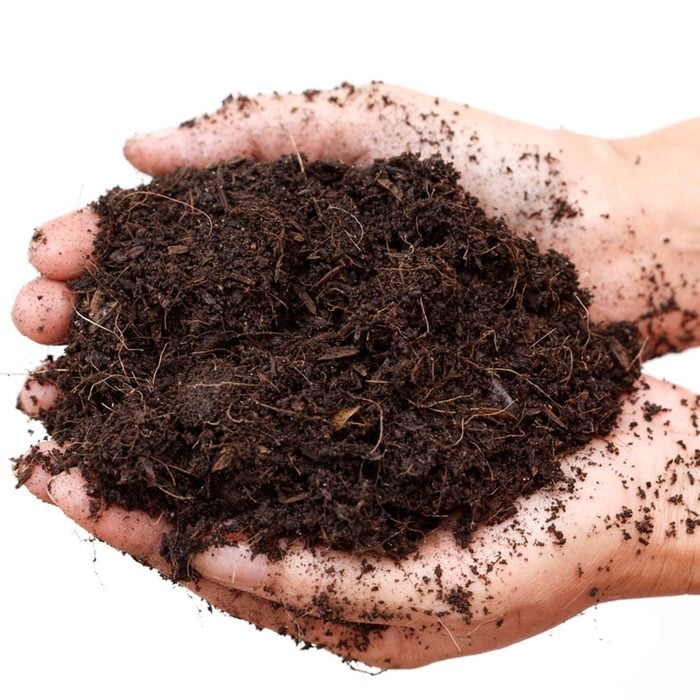 taro911 Photographer/Shutterstock
taro911 Photographer/Shutterstock
How to Prepare Soil for a Garden: Rich, Crumbly Soil
You can grow some crops in clay and you can grow some crops in sand. But most crops grow best in rich, crumbly loam soil teeming with life (earthworms and microbes, for instance). Amending the soil with compost, and other soil builders such as shredded leaves is one way to gradually build up a productive soil.
2 / 13
 Alena Pl/Shutterstock
Alena Pl/Shutterstock
Sandy Soil
Sandy soil allows plenty of air to reach plant roots. The problem is, the soil drains quickly, losing both moisture and nutrients. Build it up by adding compost and shredded leaves regularly over time. You can also augment with peat moss.
3 / 13
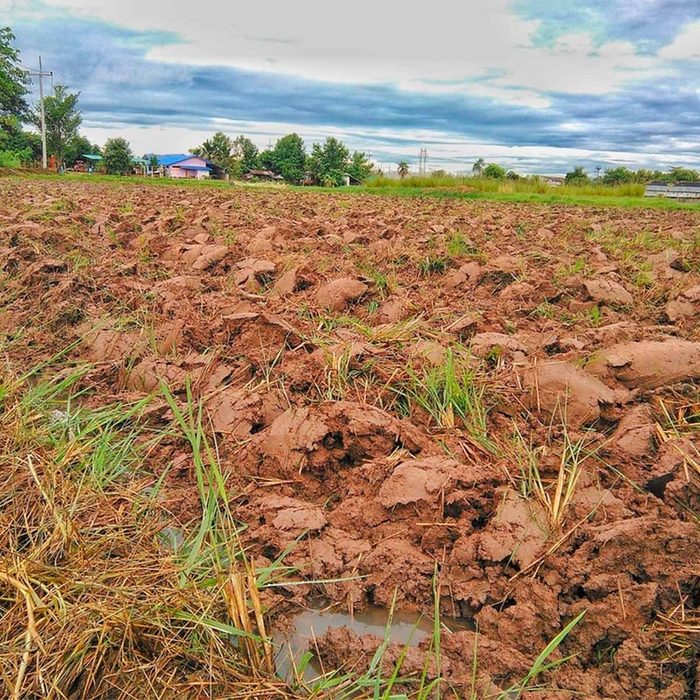 Chatchai1517/Shutterstock
Chatchai1517/Shutterstock
Clay Soil
Unlike sandy soil, clay soil holds moisture well—sometimes too well. Fine soil particles stick together, allowing little room for drainage or for air to reach plant roots. The solution is to break up the soil and add lots of organic matter such as compost, shredded leaves, peat moss and gypsum over time.
4 / 13
 SerdyukPhotography/Shutterstock
SerdyukPhotography/Shutterstock
Tilling
Tilling is a great way to break up the soil and incorporate soil amendments, as well to correct nutrient or pH imbalances. It is important, however, not to overdo it. Repeatedly tilling the same soil will result in a fine, powdery dust that dries up and packs hard like concrete when dry weather follows rain.
5 / 13
 Kawin7/Shutterstock
Kawin7/Shutterstock
Avoid Tilling Wet Soil
This may appear to be self-evident, but never till wet soil. In spring, eager gardeners sometimes try to "work" the soil earlier than they should. This is not only messy, it can severely damage the soil's structure, inhibiting plant growth in the future. Wait until the soil has had a chance to dry out a bit before working it.
Drainage problems? Read our solutions.
6 / 13
 Marsan/Shutterstock
Marsan/Shutterstock
Double Digging
Double digging is an old practice for improving the drainage and aeration of poor soil. Basically, you remove a row of soil to a depth of about 1 foot, saving the excavated soil on a tarp. Then you loosen the hardpan subsoil (a dense layer of soil, usually found below the uppermost topsoil layer) in that trench with a spading fork. Once that is done you move to the next row, removing 1 foot of topsoil, depositing it in the trench next to it, then loosening the subsoil with a spading fork. You repeat this process until you reach the end of the bed, at which point you use the reserved soil on the tarp to backfill the final trench.
7 / 13
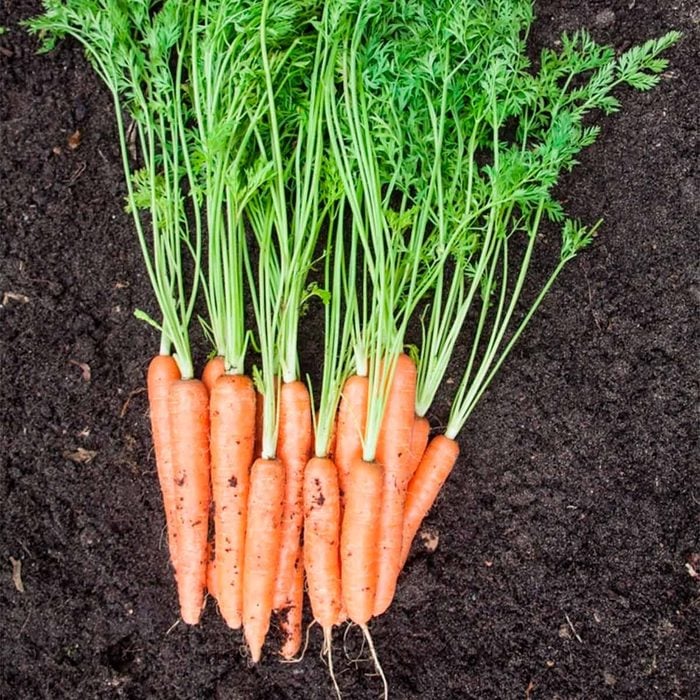 David Hanlon/Shutterstock
David Hanlon/Shutterstock
The Best Soil for a Vegetable Garden and Root Crops
Double digging may seem like a lot of work (and it is!) but once it's done, you won't have to repeat it. And it's one way of making a bed more hospitable to root crops such as carrots. Of course, you could also search for a sandy site. Or build a raised bed and avoid the problem altogether.
8 / 13
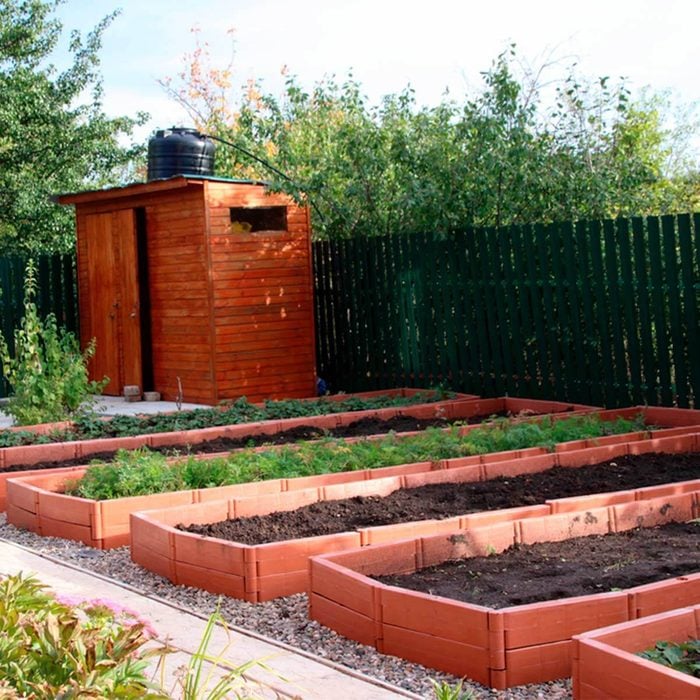 photowind/Shutterstock
photowind/Shutterstock
Raised-Bed Gardens
Raised-bed vegetable gardens solve a number of issues, including our last one. If you've got poor soil, you can avoid dealing with it entirely by building raised beds, then filling them with a custom mix of soil ideally suited to what you are growing. Your expense in materials may be a good tradeoff for what you save in labor. Also, raised beds warm up more quickly in spring so you can plant earlier. And they're not overrun with migrating turf. One drawback: raised beds dry out more quickly than the ground.
9 / 13
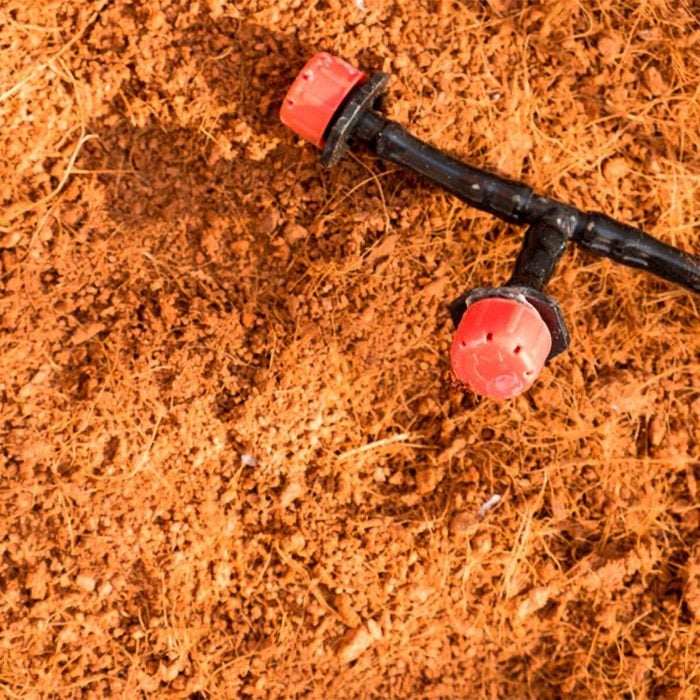 sir.chitvises/Shutterstock
sir.chitvises/Shutterstock
Irrigation
Vegetable gardens are highly dependent on moisture. A good soil mix with plenty of organic matter will, in fact, hold more moisture. You can also add moisture-holding crystals. But irrigation is a good idea, especially if you're sometimes too busy to water by hand. A drip irrigation system, like the one shown, is easy to install and keeps moisture at ground level where there's less evaporation and less chance of encouraging diseases with wet foliage. You can even attach it to a timer so you know exactly how much water you are providing. Read more about installing an irrigation system.
10 / 13
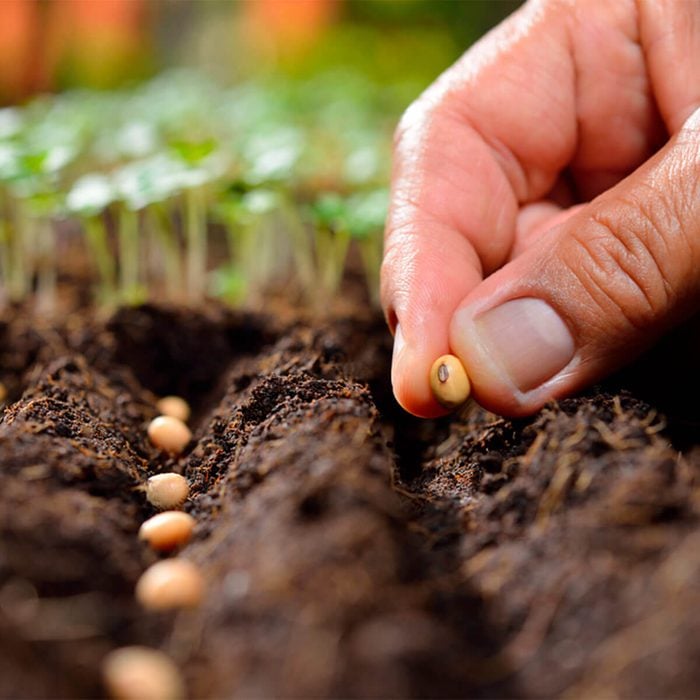 amenic181/Shutterstock
amenic181/Shutterstock
Seeding
Try to use the fresh seed for best germination. Germination rates go down each year for most seeds, so plan on sowing more than recommended if using up older seed. Larger seeds easily can be sown by hand, while smaller seeds are often scattered with a seed dispenser. It's easier to track seeds and keep them in place if you prepare slightly indented rows like those shown. With very small seeds, you might sow with a bit of sand so you can see where you've sown the seeds.
Read more about starting seeds.
12 / 13
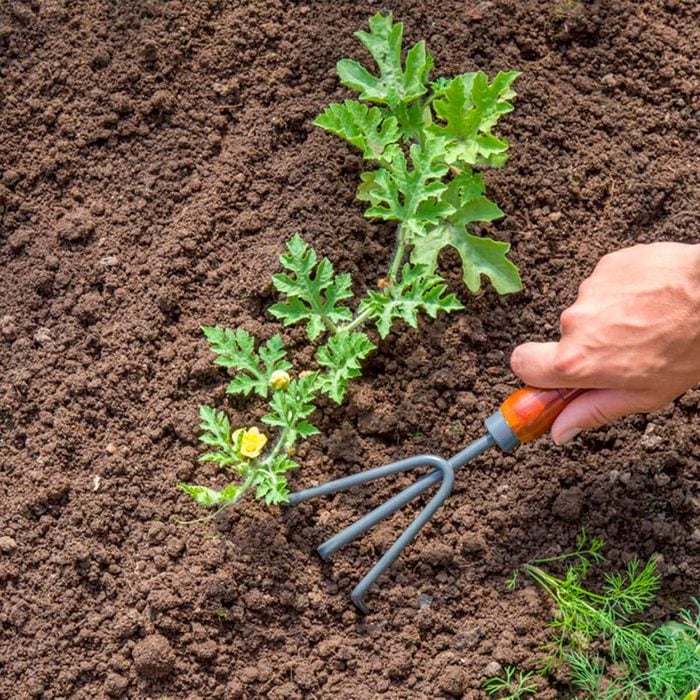 FotoDuets/Shutterstock
FotoDuets/Shutterstock
Weeding
There are several ways to keep weeds at bay. One is through hoeing—that is, lightly scratching the soil with a garden tool to dislodge emerging weeds. This has to be done regularly—before weeds can develop their renowned root systems—and carefully when you're working around young vegetable plants. Once your vegetables are sprouted, you can mulch the plants or spread Preen for Vegetables, which will keep other seeds from germinating.
13 / 13
 samatcha Benjakanjana/Shutterstock
samatcha Benjakanjana/Shutterstock
No-Work Gardening
Finally, we leave you with no-work vegetable gardening, also called the Ruth Stout Method. It was named after an organic gardener who championed the idea of heavily mulching your vegetable garden. In other words, compost in place. The idea is to pile your kitchen scraps, leaves, hay, clippings, etc. in the garden and let them slowly break down in place. This, in turn, nourishes the soil and builds up the organic content so it holds moisture for longer periods during drought. No watering, no fertilizing, no turning compost. Sounds good to us!
Originally Published: March 18, 2019
Sign up for DIY projects sent right to your inbox
Complete DIY projects like a pro! Sign up for our newsletter!

Subscribe & SAVE 1 Year Subscription
for only $10!
What Kind Of Soil To Buy For A Vegetable Garden
Source: https://www.familyhandyman.com/list/how-to-prep-soil-for-a-vegetable-garden/
Posted by: shermanbaces1946.blogspot.com

0 Response to "What Kind Of Soil To Buy For A Vegetable Garden"
Post a Comment